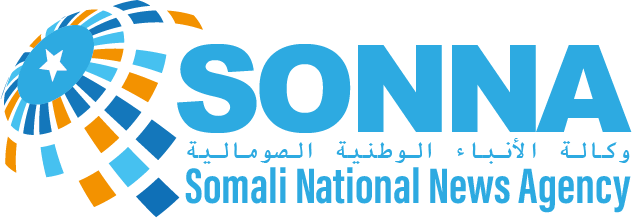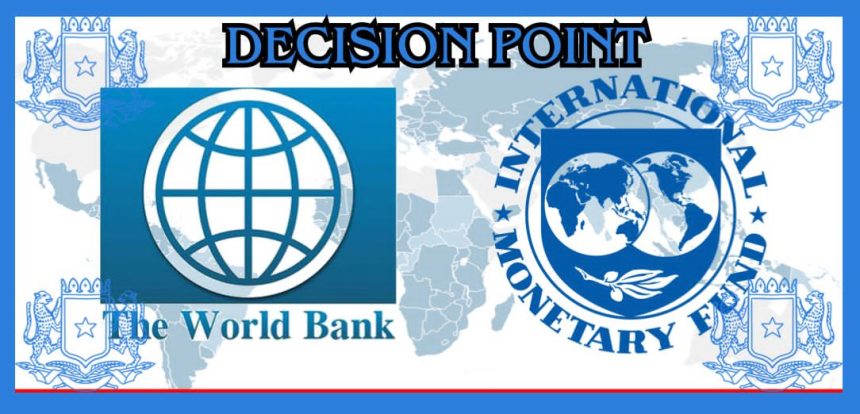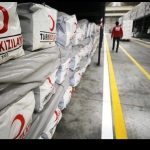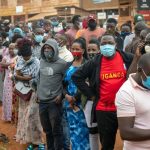In a watershed moment for Somalia’s economic trajectory, the nation celebrates the culmination of a decade-long process: a $4.5 billion debt write-off from global lenders. This remarkable achievement not only signifies a significant reduction in Somalia’s external debt but also sets the stage for a new era of economic possibilities. As the nation settles into the East African Community (EAC), just two weeks after its admission, it is poised to showcase the dividends of sustained negotiations and comprehensive reforms.
Background: A Decade of Negotiations and Reforms
1.1 The Heavily Indebted Poor Countries (HIPC) Initiative
The enhanced Heavily Indebted Poor Countries (HIPC) Initiative, a global framework designed to provide debt relief to the world’s most impoverished nations, has been at the heart of Somalia’s journey. Initiated over a decade ago, this multilateral and bilateral effort aimed to alleviate the burden of Somalia’s staggering $5.2 billion debt.
1.2 The Role of Multilateral and Bilateral Lenders
The World Bank and the International Monetary Fund (IMF), among other influential lenders, played pivotal roles in supporting Somalia’s economic revitalization. Their commitment to debt relief and the implementation of comprehensive reforms has been instrumental in bringing about this transformative change.
The Economic Landscape: Before and After
2.1 Dramatic Debt Reduction
The debt write-off has not only brought relief to Somalia’s financial landscape but has significantly altered its economic standing. With the debt reduced from $5.2 billion to $600 million, Somalia’s external debt has plummeted to less than six percent of its GDP. This stark contrast from the alarming 64 percent recorded in 2018 is a testament to the effectiveness of strategic negotiations and targeted reforms.
2.2 Lessons from Other Indebted States
Comparing Somalia’s journey with other nations facing similar challenges provides valuable insights. The resilience and commitment demonstrated by Somalia amidst frequent climatic hazards and widespread fragility underscore the nation’s ability to navigate complex economic waters successfully. This achievement sets a precedent for effective debt management, offering a blueprint for other indebted states.
Somalia in the East African Community (EAC)
3.1 Integration and Regional Collaboration
Somalia’s admission to the East African Community (EAC) is a significant geopolitical development that enhances the nation’s regional influence. As the newest member of this economic bloc, Somalia now has opportunities for increased trade, collaboration on regional issues, and shared economic prosperity. This integration aligns with the nation’s broader economic goals and positions it as a key player in East Africa.
3.2 Synergies and Opportunities
The confluence of the debt write-off and EAC membership opens up synergies and opportunities for Somalia. Freed from the shackles of overwhelming debt, the nation can actively participate in regional initiatives, foster economic partnerships, and contribute to the collective growth of East Africa. The newfound financial flexibility enables Somalia to engage in mutually beneficial collaborations and investments.
Analyzing Somalia’s Reforms and Negotiations
4.1 Prudent Fiscal Management
Somalia’s success in securing debt relief is a testament to its commitment to prudent fiscal management. Through careful planning and strategic economic reforms, the nation has demonstrated its ability to address fiscal challenges systematically. Moving forward continued fiscal responsibility will be crucial to maintaining financial stability and preventing a return to unsustainable debt levels.
4.2 Transparent Governance
Transparency in governance has been a cornerstone of Somalia’s reform agenda. The nation’s commitment to accountability and openness has played a pivotal role in gaining the trust of international lenders. As Somalia enters a new phase of economic development, maintaining transparent governance practices will be essential to attract foreign investments and ensure sustained growth.
4.3 Structural Reforms for Long-Term Stability
The comprehensive structural reforms undertaken by Somalia have not only paved the way for debt relief but have also laid the foundation for long-term economic stability. Addressing systemic issues, such as improving institutional capacity and streamlining regulatory frameworks, positions Somalia favorably for sustained growth. The continued implementation of these reforms will be critical for solidifying the nation’s economic resilience.
The Way Forward: Harnessing Economic Liberation
5.1 Directing Resources to Critical Sectors
With the weight of debt lifted, Somalia can now redirect resources to critical sectors such as education, healthcare, and infrastructure. Investing in these areas is essential for fostering inclusive development, improving social indicators, and creating an environment conducive to sustainable economic growth.
5.2 Stimulating Job Creation and Inclusive Growth
The reduced debt burden provides Somalia with the opportunity to focus on job creation and inclusive economic growth. By fostering a conducive business environment and promoting entrepreneurship, the nation can harness its newfound financial liberation to uplift its citizens and reduce unemployment rates.
5.3 Attracting Foreign Investments
A key advantage of the debt write-off is Somalia’s enhanced capacity to attract foreign investments. The nation’s improved economic outlook and commitment to reforms make it an attractive destination for investors seeking opportunities in a post-conflict environment. Creating a welcoming and stable investment climate will be crucial in leveraging this advantage.
Conclusion: A New Chapter in Somalia’s Economic Narrative
In conclusion, Somalia’s achievement of a $4.5 billion debt write-off represents more than just a financial milestone. It symbolizes the nation’s resilience, dedication, and effective negotiation strategies in the face of formidable challenges. As Somalia embarks on a post-debt write-off era, the emphasis on strategic economic planning, responsible governance, and collaboration will be instrumental in realizing the full potential of this newfound financial liberation.
The global community watches with anticipation as Somalia navigates the path to sustained prosperity, setting an inspiring example for nations facing similar challenges. The successful integration into the East African Community adds another layer of optimism, signaling Somalia’s emergence as a regional economic player.
As the nation continues to write its economic narrative, the lessons learned from this transformative journey will echo far beyond its borders, inspiring others to overcome adversity and pursue a path of sustainable development.
Roble Ahmed Idle – Writer
University for Peace, UN Mandated





